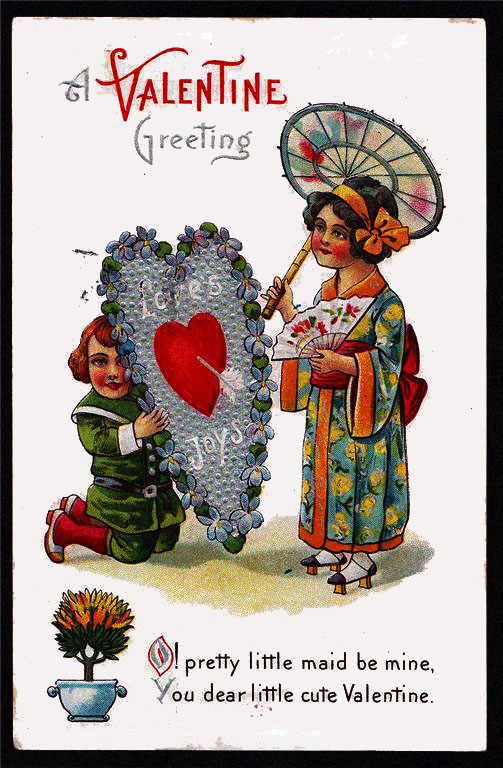THE JAPANESE WIFE
 THE JAPANESE WIFE
THE JAPANESE WIFEO lord, he said, Japanese women,
real women, they have not forgotten,
bowing and smiling
closing the wounds men have made;
but American women will kill you like they
tear a lampshade,
American women care less than a dime,
they’ve gotten derailed,
they’re too nervous to make good:
always scowling, belly-aching,
disillusioned, overwrought;
but oh lord, say, the Japanese women:
there was this one,
I came home and the door was locked
and when I broke in she broke out the bread knife
and chased me under the bed
and her sister came
and they kept me under that bed for two days,
and when I came out, at last,
she didn’t mention attorneys,
just said, you will never wrong me again,
and I didn’t; but she died on me,
and dying, said, you can wrong me now,
and I did,
but you know, I felt worse then
than when she was living;
there was no voice, no knife,
nothing but little Japanese prints on the wall,
all those tiny people sitting by red rivers
with flying green birds,
and I took them down and put them face down
in a drawer with my shirts,
and it was the first time I realized
that she was dead, even though I buried her;
and some day I’ll take them all out again,
all the tan-faced little people
sitting happily by their bridges and huts
and mountains—
but not right now,
not just yet.
Charles Bukowski
"The Japanese Wife" by Charles Bukowski, from The Roominghouse Madrigals: Early Selected Poems 1946-1966. Copyright © 1960, 1962, 1963, 1965, 1968, 1988 by Charles Bukowski.
Labels: Charles Bukowski


















